Market Scale and Current Infrastructure
High school esports has reached substantial scale within the United States educational system. Over 8,000 high schools currently offer organized esports programs, representing a significant portion of the approximately 230,000 high schools nationwide. The broader esports industry demonstrates consistent growth patterns, with revenue projections indicating the market will exceed $4.8 billion by the conclusion of 2025.
The United States maintains its position as the leading country in esports revenue generation. This market position creates favorable conditions for brand sponsorship investments targeting domestic high school programs. National platforms such as PlayVS provide structured competitive frameworks that mirror traditional scholastic athletics, including playoff brackets, live broadcasting capabilities, and scholarship award systems.
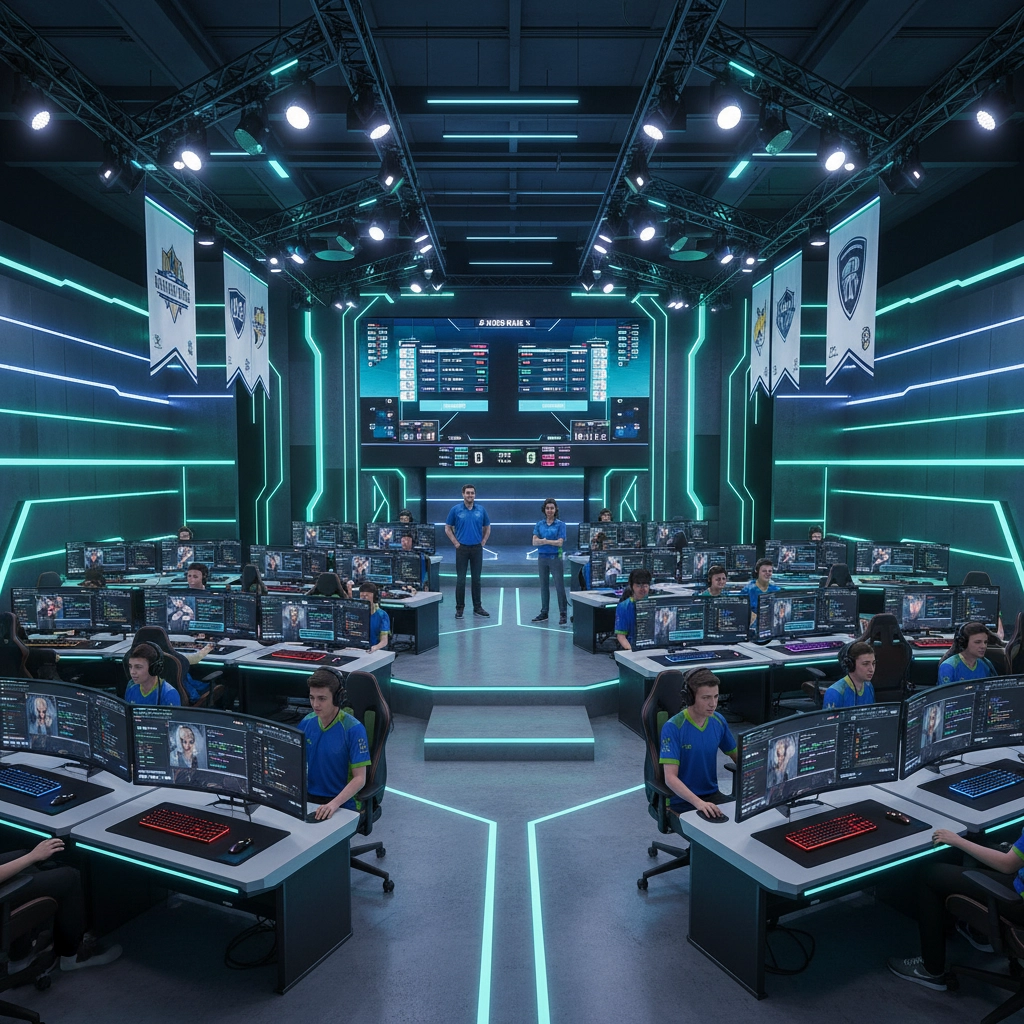
Educational institutions have developed standardized approaches to esports program implementation. These programs typically include dedicated gaming spaces, competitive teams, and integration with existing athletic department structures. The organizational framework facilitates brand partnership opportunities similar to traditional sports sponsorships.
Demographic Access and Engagement Patterns
Traditional advertising channels demonstrate declining effectiveness in reaching younger demographics. Cable television viewership and print media consumption continue to decrease among Generation Z and millennial populations. These demographic groups maintain high engagement levels with digital platforms including Twitch, YouTube, and Discord.
Esports participants exhibit different engagement characteristics compared to traditional sports audiences. Gaming communities demonstrate active participation rather than passive consumption. Participants engage in live chats, community discussions, and direct interaction with content creators and brands. This engagement model creates opportunities for interactive sponsorship elements including real-time promotions, fan rewards, and direct purchase integration.
Brand authenticity requirements differ within esports communities. Younger demographics place emphasis on genuine community involvement and innovative partnership approaches. Sponsorship strategies require understanding of gaming culture and community values to achieve effective results.
Educational Integration and Skill Development
High school esports programs incorporate educational components that align with academic objectives. Substantial numbers of esports participants express interest in science, technology, engineering, and mathematics (STEM) fields. Programs develop skills including leadership, teamwork, digital competency, and strategic thinking.
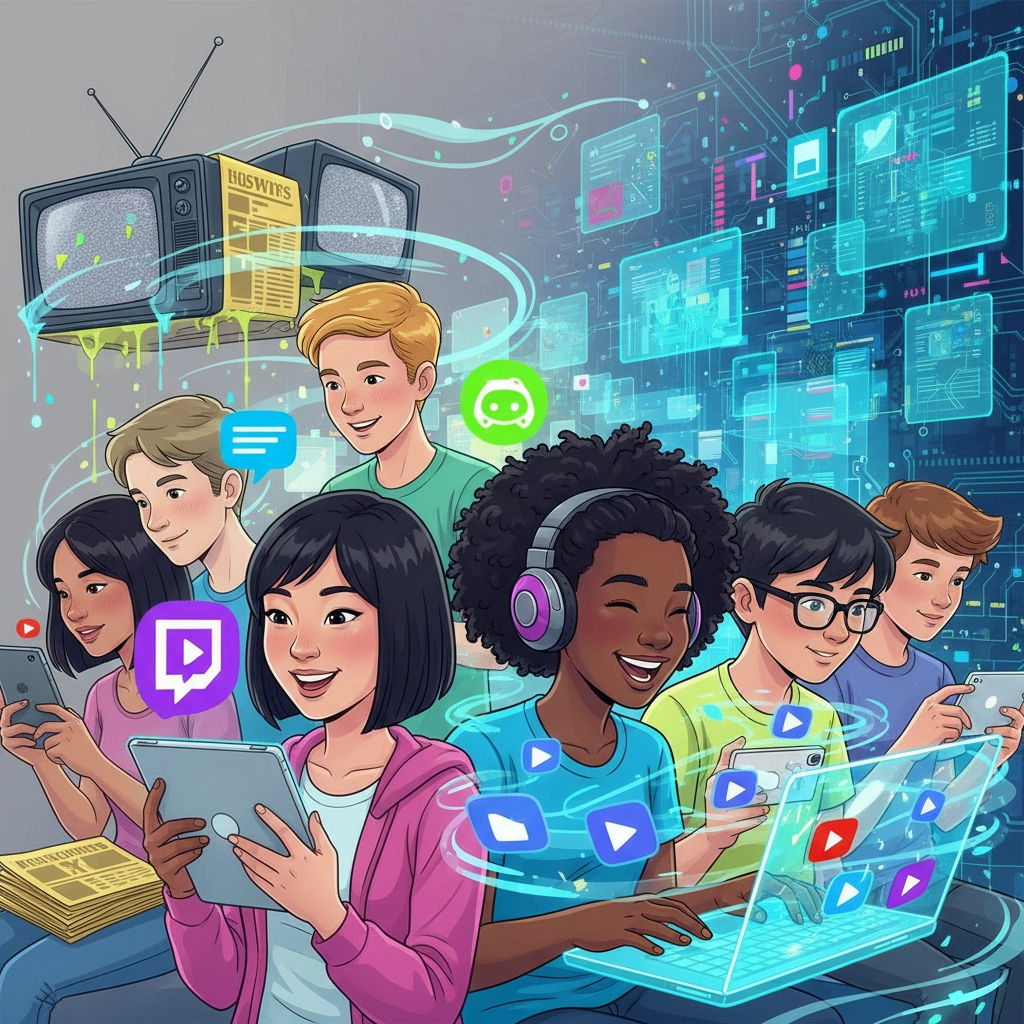
Educational institutions report improved student engagement and attendance rates among esports program participants. These programs provide alternative pathways for students who may not participate in traditional athletic activities. Sponsorship opportunities can support educational objectives while achieving brand visibility goals.
Career pathway development represents a significant component of high school esports programs. Over 170 colleges and universities offer esports scholarships, with more than 300 institutions providing organized esports programs. This structure creates clear progression routes from high school participation to collegiate opportunities and potential professional careers.
Corporate Investment and Partnership Models
Major corporations have established positions within the esports sponsorship market. Companies including Nintendo America, Pokémon, Nike, Adidas, Coca-Cola, Mastercard, and Mercedes-Benz maintain active esports partnerships. These investments indicate corporate confidence in the sector's viability and growth potential.
PlayVS has developed partnerships with organizations including the NFL and major gaming companies to expand scholastic league opportunities. These partnerships demonstrate successful integration of brand objectives with educational program goals. Partnership structures typically include tournament support, equipment provision, and educational resource development.
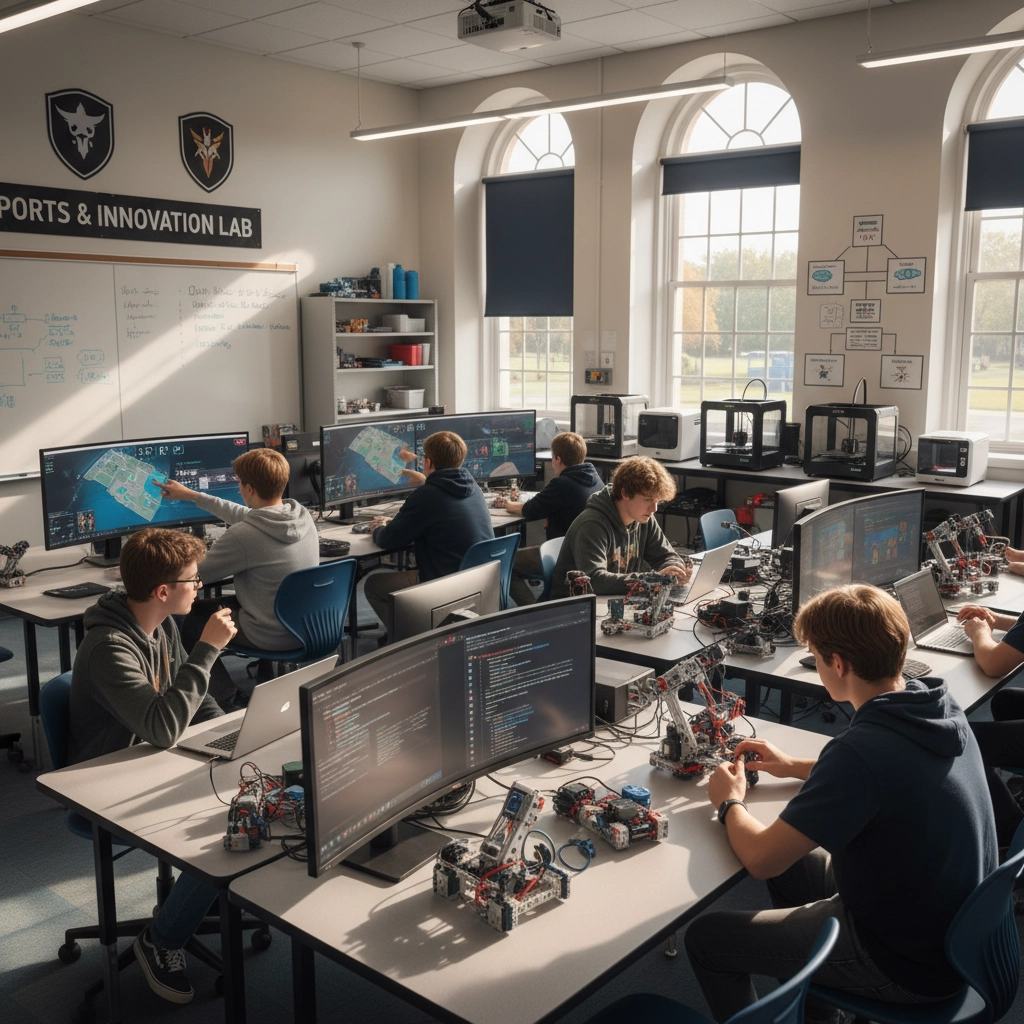
Technology companies have implemented comprehensive sponsorship approaches that extend beyond tournament funding. Intel and other technology partners support professional development programs, certification courses, and infrastructure development initiatives. These partnerships create long-term value for both educational institutions and corporate sponsors.
Revenue Structure and Sustainability Models
Esports revenue generation differs significantly from traditional sports models. Sponsorship represents the primary revenue driver rather than media rights or ticket sales. This structure means sponsor investments directly impact program sustainability and growth capacity.
Revenue distribution includes tournament prize pools, operational support, equipment funding, and educational program development. Sponsors can target specific program components based on brand objectives and budget allocations. This flexibility allows for customized partnership approaches that align with corporate marketing strategies.
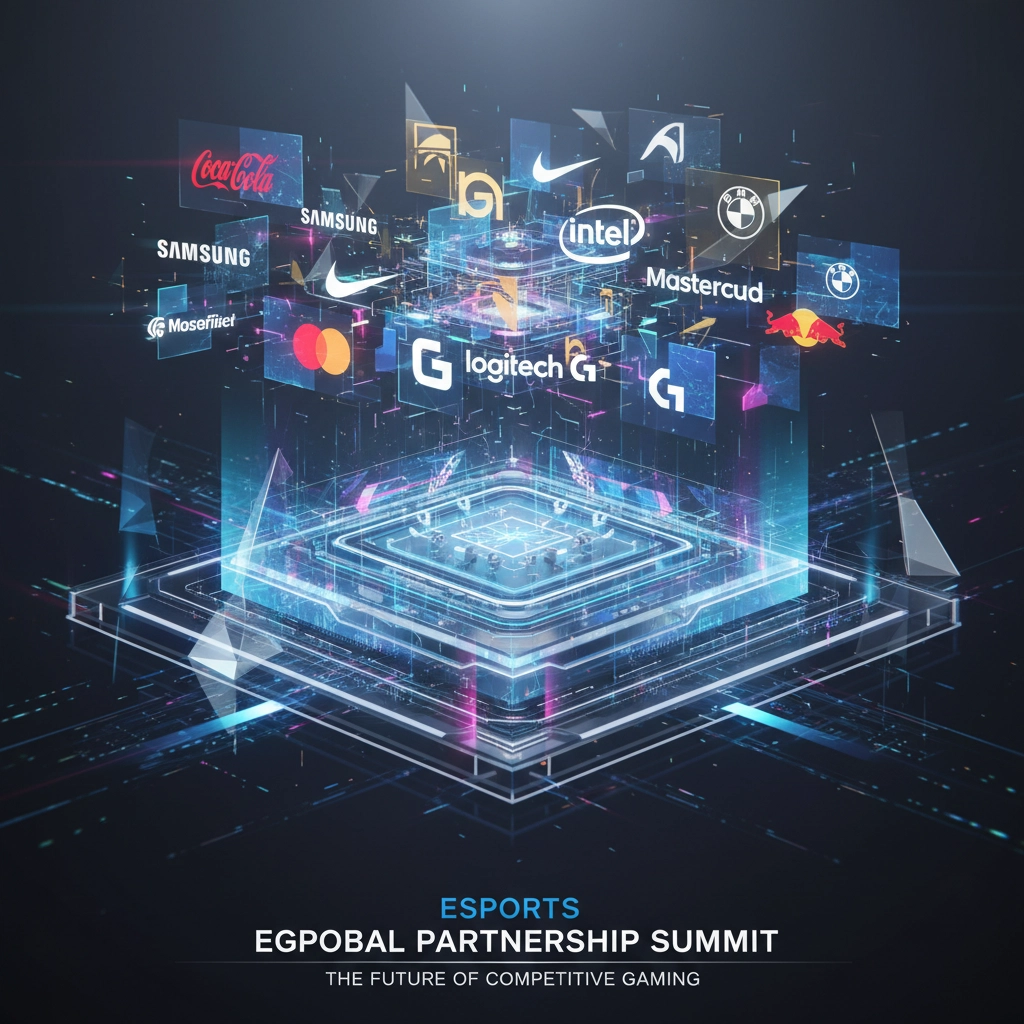
Measurement and evaluation frameworks have developed to assess sponsorship effectiveness. Metrics include viewership data, engagement rates, brand recognition surveys, and participant feedback. These measurement tools provide sponsors with data-driven insights into campaign performance and return on investment.
Implementation Considerations and Best Practices
Successful high school esports sponsorships require understanding of educational institution requirements and limitations. Schools operate within budget constraints and administrative approval processes that affect partnership timelines and implementation approaches. Sponsors must align with educational objectives and demonstrate value to student participants.
Technical requirements include gaming equipment, internet infrastructure, and broadcasting capabilities. Sponsors can contribute to these needs through equipment partnerships, facility development, or technical support services. These contributions create tangible value for educational institutions while achieving brand visibility objectives.
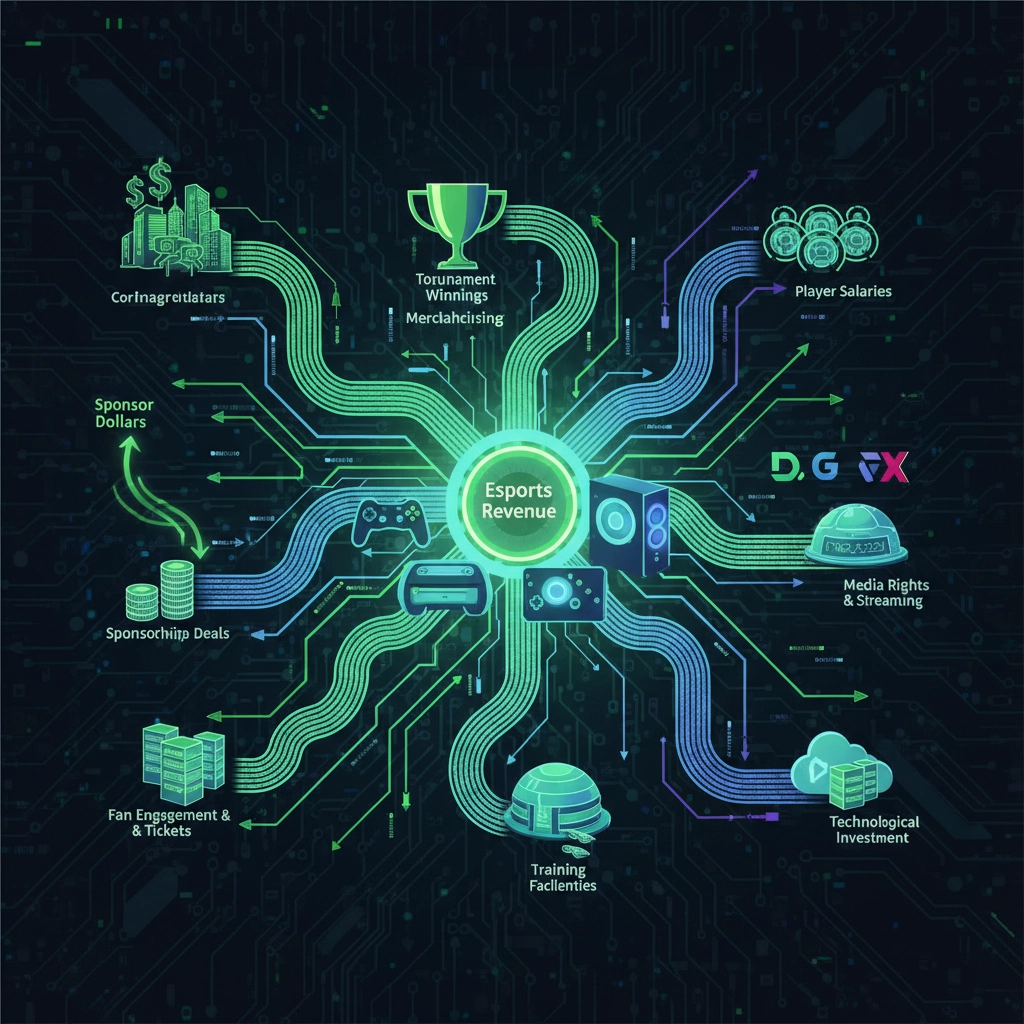
Program development timelines typically span multiple academic years. Sponsors should expect gradual program growth and participant development rather than immediate large-scale results. Long-term partnership commitments often produce better outcomes than short-term promotional campaigns.
Strategic Positioning and Market Entry
The convergence of market growth, demographic accessibility, educational integration, and corporate adoption creates favorable conditions for brand sponsorship investments in high school esports. Market entry timing benefits from established infrastructure and proven partnership models.
Competitive positioning within the esports sponsorship market requires differentiation and authentic community engagement. Brands must develop approaches that resonate with gaming communities while achieving marketing objectives. This balance requires understanding of both corporate goals and community expectations.
Future market development will likely include expanded program offerings, increased scholarship opportunities, and enhanced technology integration. Brands that establish positions within the current market structure will benefit from continued growth and development within the high school esports sector.
The intersection of educational objectives, student engagement, and brand marketing goals creates a sustainable foundation for high school esports sponsorships. Current market conditions support strategic investment decisions for brands seeking to reach younger demographics through authentic community engagement.
